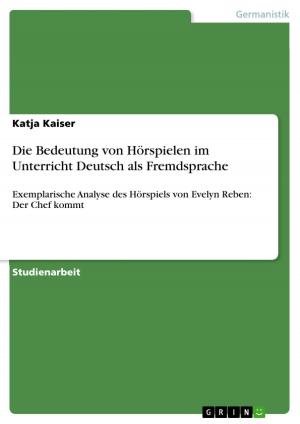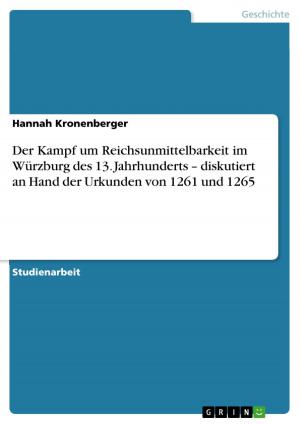The Enabler Criterion 'Leadership' of the EFQM Model: Six Companies of the Financial Services Sector in Comparison
Business & Finance, Management & Leadership, Management| Author: | Anonymous | ISBN: | 9783640975648 |
| Publisher: | GRIN Verlag | Publication: | August 3, 2011 |
| Imprint: | GRIN Verlag | Language: | English |
| Author: | Anonymous |
| ISBN: | 9783640975648 |
| Publisher: | GRIN Verlag |
| Publication: | August 3, 2011 |
| Imprint: | GRIN Verlag |
| Language: | English |
Seminar paper from the year 2008 in the subject Business economics - Business Management, Corporate Governance, grade: 1,67, Jacobs University Bremen gGmbH, language: English, abstract: The leadership criteria in the EFQM model will be used as a basis for the comparison of six different companies, namely the following banks: Citibank (USA), Deutsche Bank (Germany), Sumitomo Bank (Japan), BNP Paribas (France), Barclays (UK) and Commerzbank (Germany). These banks were chosen for their good solvency and position inside their own country as well as internationally. At the beginning of this paper, we will give a brief overview about the six banks by comparing their Balance Sheets and Income Statements. The insights gained out of this part will be relevant for the further sections. Followed by this, the banks will be compared in this essay using each one of the leadership sub criteria separately one after the other. Strengths and weaknesses of the six banks will be described, and each sub criterion will be analyzed in depth in order to draw meaningful implications. Finally, an overall comparative conclusion will name the relative 'winners' and 'losers' of this competition, pertaining to the EFQM criterion leadership.
Seminar paper from the year 2008 in the subject Business economics - Business Management, Corporate Governance, grade: 1,67, Jacobs University Bremen gGmbH, language: English, abstract: The leadership criteria in the EFQM model will be used as a basis for the comparison of six different companies, namely the following banks: Citibank (USA), Deutsche Bank (Germany), Sumitomo Bank (Japan), BNP Paribas (France), Barclays (UK) and Commerzbank (Germany). These banks were chosen for their good solvency and position inside their own country as well as internationally. At the beginning of this paper, we will give a brief overview about the six banks by comparing their Balance Sheets and Income Statements. The insights gained out of this part will be relevant for the further sections. Followed by this, the banks will be compared in this essay using each one of the leadership sub criteria separately one after the other. Strengths and weaknesses of the six banks will be described, and each sub criterion will be analyzed in depth in order to draw meaningful implications. Finally, an overall comparative conclusion will name the relative 'winners' and 'losers' of this competition, pertaining to the EFQM criterion leadership.















